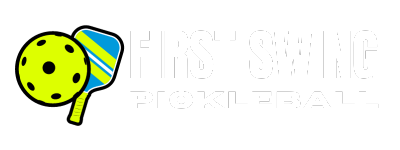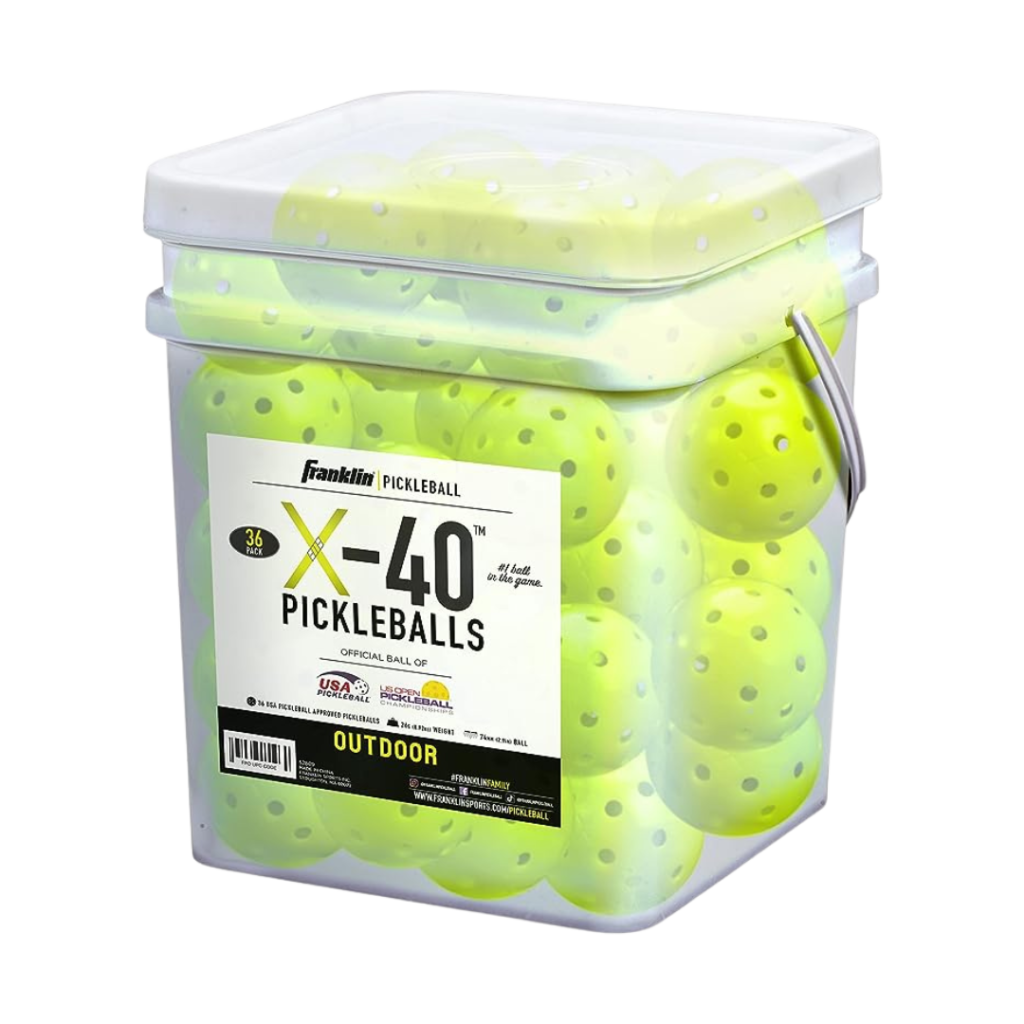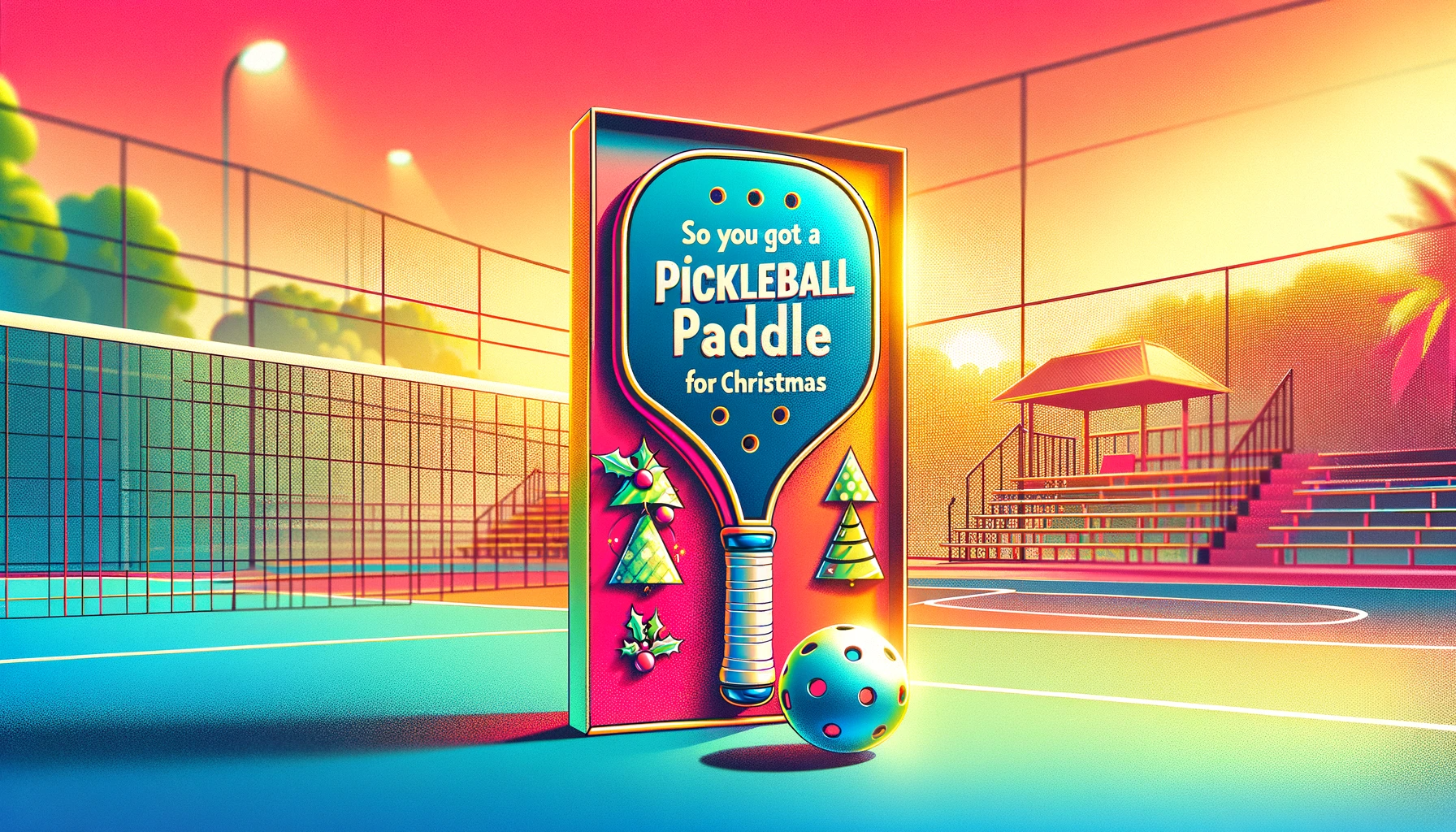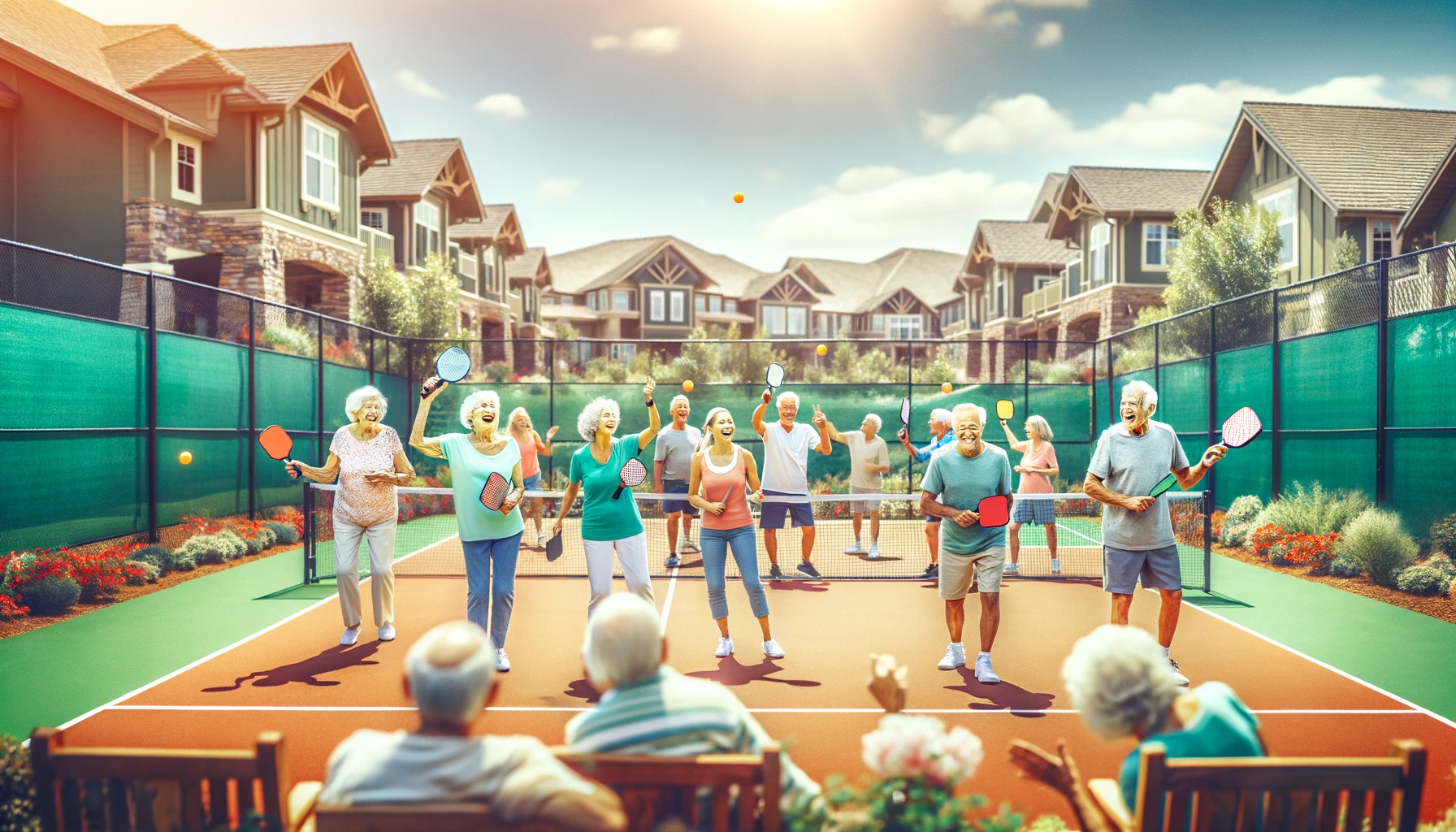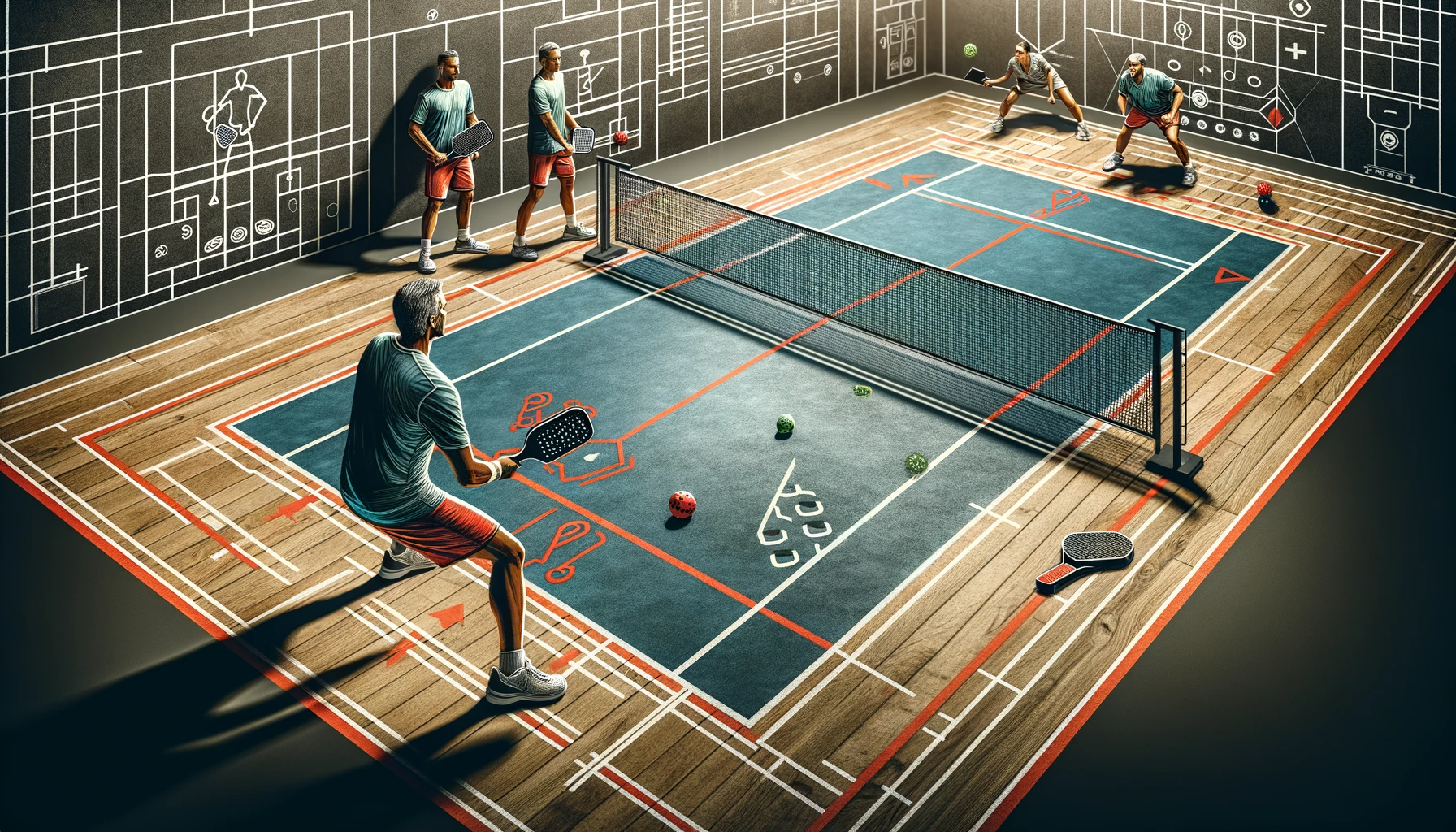
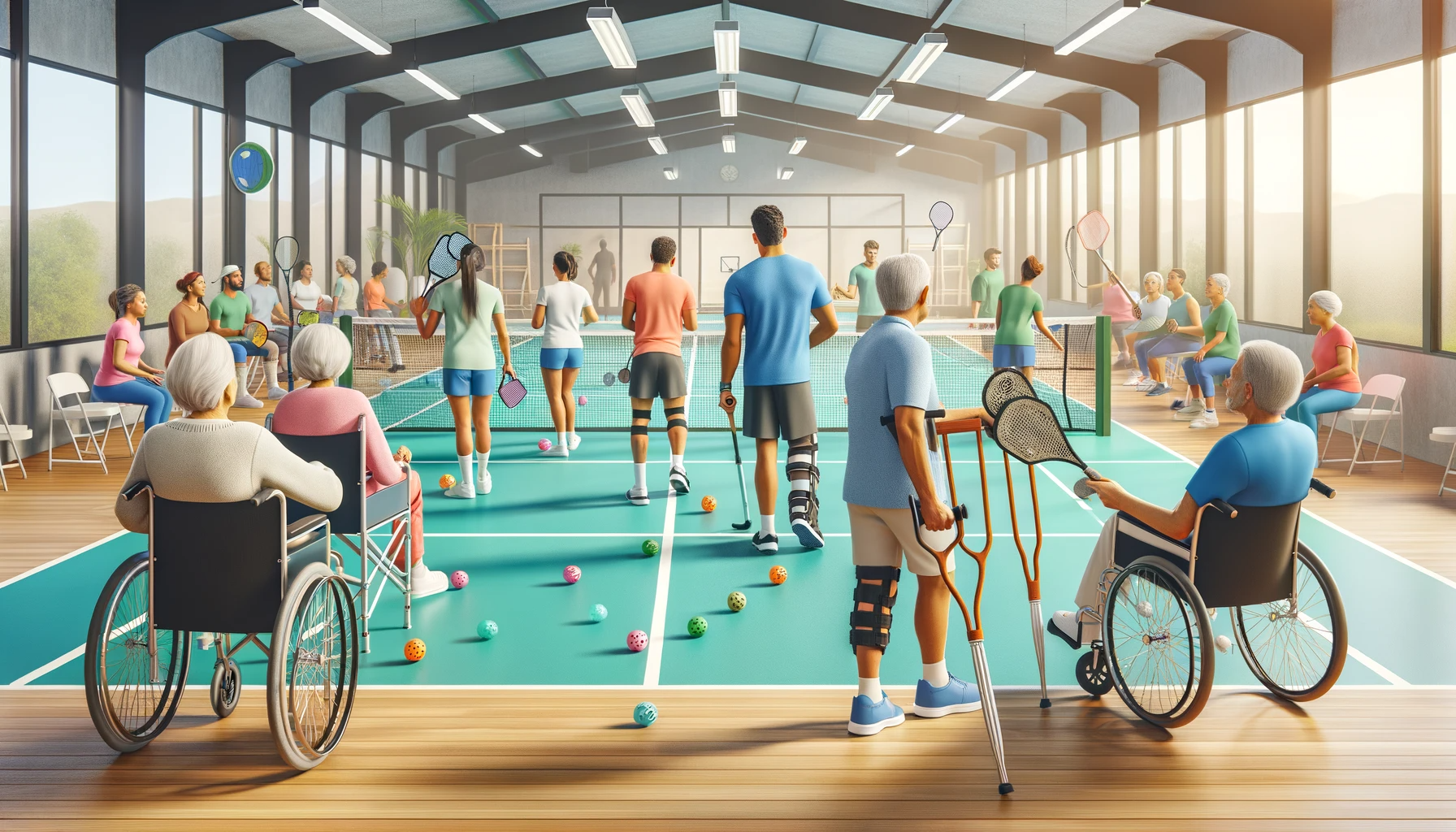
Pickleball and Physical Therapy: Harnessing the Sport for Rehabilitation
Introduction
Pickleball, a rapidly growing sport known for its accessibility and low-impact nature, has emerged as a valuable tool in physical therapy and rehabilitation. This article delves into how pickleball can aid in the recovery from various injuries, offering a unique blend of gentle exercise and social interaction.
The Therapeutic Benefits of Pickleball
Low-Impact Exercise
Pickleball's low-impact nature makes it ideal for rehabilitation. The sport involves minimal stress on joints, reducing the risk of exacerbating existing injuries.
- Joint-Friendly Movements: The gentle movements in pickleball are easier on the knees, hips, and ankles.
- Muscle Strengthening: Playing helps in strengthening core and lower body muscles, crucial in injury recovery.
Enhancing Balance and Coordination
Pickleball requires balance and coordination, which are essential in physical therapy.
- Improved Stability: Regular play enhances stability, crucial for injury prevention and recovery.
- Coordination Skills: The sport's requirement for hand-eye coordination aids in fine-tuning motor skills.
Cardiovascular Health
Engaging in pickleball helps in improving cardiovascular endurance, an important aspect of overall fitness and injury recovery.
- Heart Health: The game's pace boosts heart rate, promoting cardiovascular health.
- Stamina Building: It aids in building stamina, beneficial for a holistic recovery.
Social Interaction and Mental Health
Pickleball offers a social environment that can positively impact mental health during rehabilitation.
- Community Support: The sport's social nature provides emotional support, enhancing the rehabilitation experience.
- Mental Wellness: Engaging in a group activity helps alleviate depression and anxiety often associated with long-term rehabilitation.
Specific Injuries and Pickleball Therapy
Rehabilitation for Knee Injuries
- Gentle on Knees: Pickleball’s low-impact movements are suitable for those recovering from knee injuries.
- Strengthening Exercises: The sport helps in strengthening the muscles around the knee, aiding in faster recovery.
Shoulder Injury Recovery
- Moderate Upper Body Exercise: Controlled pickleball play can strengthen shoulder muscles without overexertion.
- Range of Motion Improvement: It aids in improving shoulder flexibility and range of motion.
Back Pain Management
- Core Strengthening: The movements in pickleball strengthen the core muscles, crucial for back injury rehabilitation.
- Posture Improvement: Regular play can lead to better posture, reducing back pain.
Integrating Pickleball into Rehabilitation Programs
Physical therapists can incorporate pickleball into rehabilitation plans, considering the patient’s injury and overall fitness level.
- Tailored Play: Modify gameplay to suit individual rehabilitation needs.
- Supervised Sessions: Ensure sessions are supervised by a professional to avoid injury aggravation.
FAQs
Can pickleball be played by individuals with no prior experience?
Absolutely! Pickleball is beginner-friendly and can be adapted to various skill levels, making it suitable for those new to the sport, even in a rehabilitation setting.
What equipment is needed to play pickleball for rehabilitation?
Basic equipment includes a pickleball paddle, balls, and comfortable athletic shoes. Ensure that the equipment is appropriate for the player’s skill level and physical condition.
How often should one play pickleball during rehabilitation?
This depends on the individual’s condition and should be determined by a healthcare professional. Generally, starting with shorter, less intense sessions and gradually increasing as tolerated is recommended.
Conclusion
Pickleball offers a unique combination of physical exercise and social interaction, making it an effective tool in physical therapy and rehabilitation. Its adaptability and low-impact nature allow it to cater to a wide range of injuries and recovery stages, making it a beneficial addition to rehabilitation programs.
